Goal: Problem solving with rotational dynamics
Source: UMPERG-ctqpe148
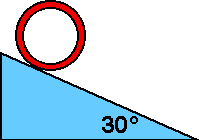
A hoop
of mass 4 kg and radius 10 cm rolls without slipping down an incline
30° to the horizontal. The acceleration of the center of the hoop
is most nearly
- 10 m/s2
- 5 m/s2
- 3.5 m/s2
- 2.5 m/s2
- none of the above
- cannot be determined
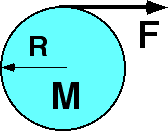

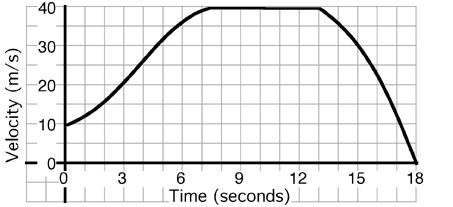
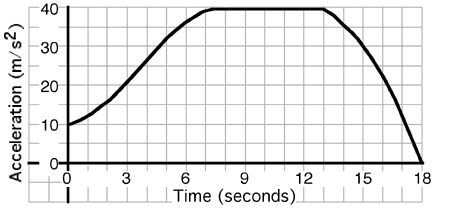

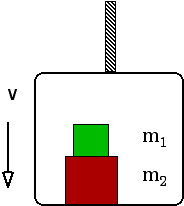
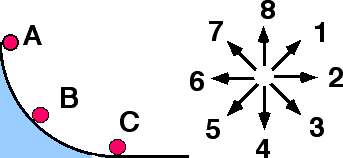
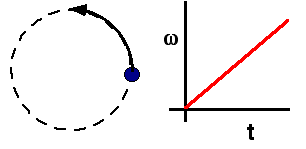
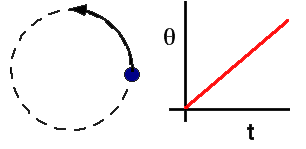
Commentary:
Answer
(4) Students should realize that the acceleration must be less
than a sliding mass on a frictionless surface would have which is #2.
Engage the students in a discussion of why the acceleration cannot
depend upon the radius.